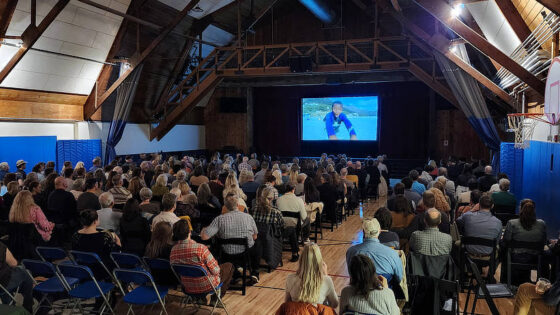By Dionne Watts-Williams and Gary Paprocki; photos by Gary Paprocki, courtesy of Fairmount Water Works
A total of 10 students participated in Schuylkill Acts & Impacts 2018 the week of June 16-23, representing all of the counties along the Schuylkill River. Additionally, two students from previous years accompanied the group to assist staff with activities and share their experiences and insights with the new students.
Schuylkill Acts & Impacts is a service-learning journey (by kayak and van) along the 120-mile Schuylkill River from its headwaters in the coal lands of Schuylkill County to its confluence with the Delaware River in Philadelphia.
Highlighting Issues, Exploring Solutions
Team leaders from the Fairmount Water Works Interpretive Center, Take It Outdoors Adventures, and the Schuylkill Headwaters Association guided students down the river, and presenters offered guided tours and programming designed to highlight issues in the Schuylkill River Watershed and explore hands-on solutions to these problems.
Fortunately, the weather was mostly cooperative. Hotter days seemed to align with water activities, like kayaking, or times when the group was near a river, creek, or shady area for breaks. When it rained, it didn’t last long. Either way, being out in the elements didn’t slow down these students! They got through it without complaint.
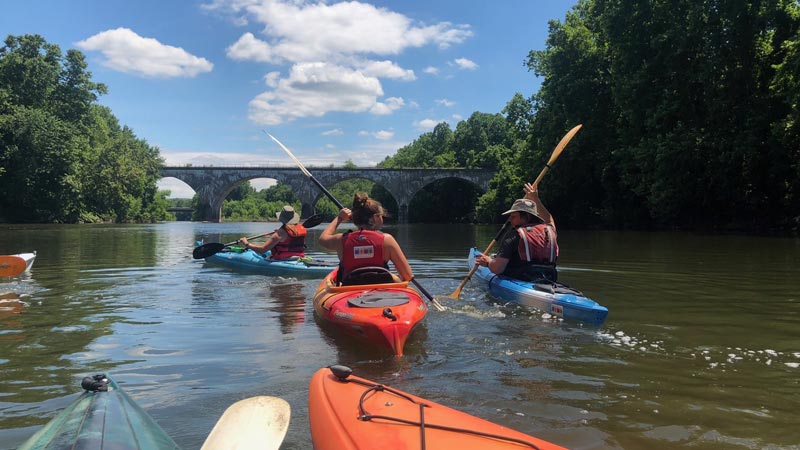
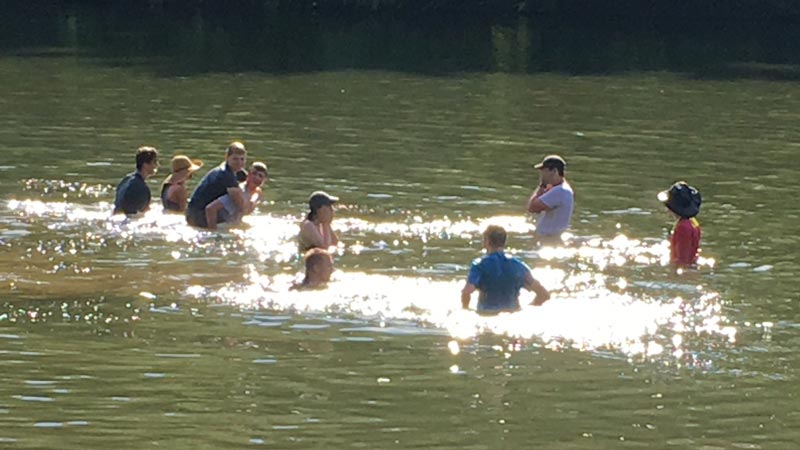
Stroud Water Research Center’s Tara Muenz trained the students on water-quality monitoring.
One student commented, “It was interesting to see all of the different factors of a stream or river that have to be monitored in order for it to be healthy. Learning about how the temperature of the water affected its oxygen diffusion rate was really interesting and something I had never thought about.”
Water Quality Tells a River’s Story
Each night around a campfire, students shared what they learned and enjoyed about the day. Students expressed their excitement about many activities that varied depending on their background and interests. All of the students expressed interest in the water-quality testing and the story it told as they traveled down the river from the mines, through the farms, and into Philadelphia. The final analysis of their data confirmed their predictions and validated their outcomes. Some students were interested in the chemistry of the acid mine drainage treatment systems, while others expressed interest in the design of agricultural best management practices and conservancy projects to protect the local watershed.
By the end of the trip, all of the students were interested in preparing questions for and participating in the conversation with Kelly Anderson, from Philadelphia Water Department Source Water Protection. They thought it was a helpful way to review what they learned and connect the different strategies for protecting the watershed. The students loved kayaking and camping, looking for crayfish, and learning about animals they encountered along the way, including the amazing mussels that clean the watershed, llamas and farm animals, turtles, large wild birds, and beavers.
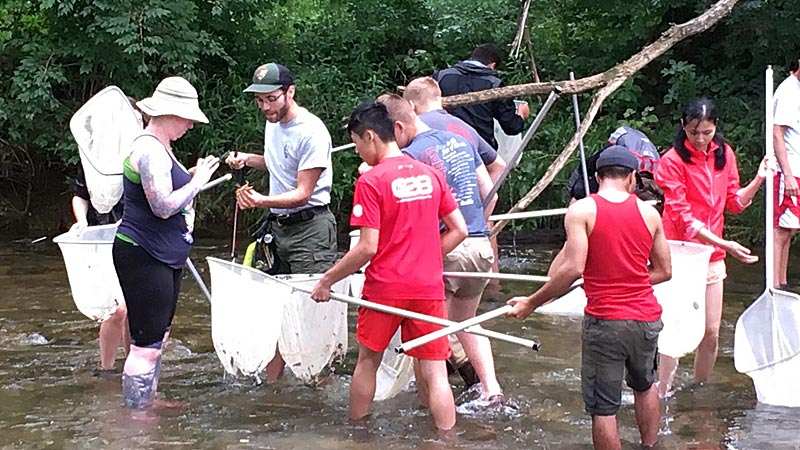
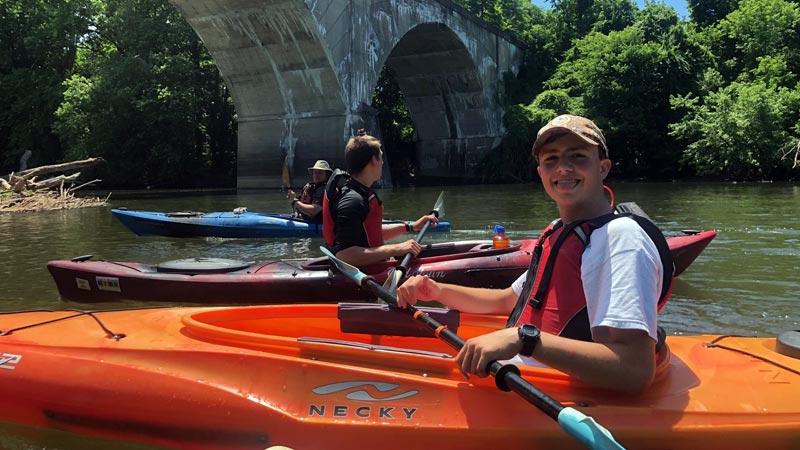
Some students had never been camping or kayaking before, so they had to learn quickly. “My arms felt really tired, but I felt proud of my new-found confidence and my ability to kayak 13.6 miles. This experience pushed me beyond what I thought I was mentally and physically prepared for,” a student said.
After traveling the length of the river, students became aware of how easy it is to impact the quality of the river and how much Philadelphia depends on people upstream to keep the water safe and clean.
One student said, “It has been so fun to be on this trip. I hope I have the amazing opportunity to do this again. It made me realize how much of an impact we (humans) make on the watershed. I want to help with this any way I can. It is so amazing!!!”



